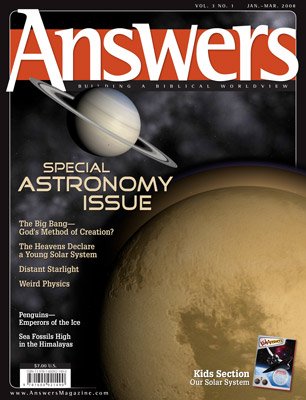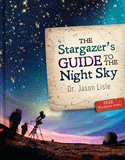Astronomical Events in 2008
This is a list of astronomical events occuring in 2008.
Unless otherwise indicated, the location of celestial objects described here is for mid-northern latitudes. However, most of the events can be seen in either hemisphere. Times and directions vary depending on location.
January—February
Early January is prime viewing for Mars. The red planet shines brightly in the east after sunset and climbs high in the south as the evening progresses. The best viewing is just before midnight. The Orion Nebula can be seen in binoculars as the middle “star” of the sword, just below Orion’s belt. In the early morning, Venus—the “morning star”—blazes in the east. Venus passes by Jupiter on the morning of February 1.
By mid-February, Saturn rises as the sun sets and is in prime viewing high in the south around midnight. On February 20–21, a total lunar eclipse is visible for Europe, Africa, and North and South America.
March—April
High in the south after sunset, Saturn is in a great position for viewing. Mars is well past its peak but still visible in the southwest. Jupiter is visible in the southeast before sunrise. On March 5, the moon passes directly in front of Venus. March 20 is the vernal equinox—the first day of spring.
May—June
Saturn and Mars sink lower in the western evening sky. On May 22, Mars passes right by the Beehive star cluster, easily seen through binoculars. In mid-May, Mercury can be seen just above the western horizon, shortly after sunset. Jupiter rises around 1:00 a.m. in May, and around 11:00 p.m. in June.
July—August
Jupiter is in prime viewing. It appears in the south and is best seen around 1:00 a.m. in July and around 11:00 p.m. in August. A telescope or strong binoculars will reveal four of Jupiter’s largest moons. Mars and Saturn appear very close together on July 10, low in the west, just after sunset.
The Milky Way is high in the sky, and many summer telescope objects are well placed for evening viewing: the Ring Nebula, the M13 globular cluster, the M11 star cluster, M17—the Swan Nebula, and many others. August 12–13 is the annual Perseid meteor shower; bright moonlight will spoil evening views, but early risers may be treated to a fine display after the moon sets around 3:00 a.m. on the morning of August 13.
On August 1 a total solar eclipse will be visible only for northern Canada, northern Greenland, Siberia, Mongolia, and central China.
September—October
The “winter” constellations Orion, Taurus, and Gemini begin to appear in the east in the evening sky. Venus rises higher night after night in the southwest after sunset; it passes Jupiter on November 30. Saturn is high in the east in the early morning.
November—December
The “winter” constellations Orion, Taurus, and Gemini begin to appear in the east in the evening sky. Venus rises higher night after night in the southwest after sunset; it passes Jupiter on November 30. Saturn is high in the east in the early morning.
Answers Magazine
January – March 2008
This collector’s quality issue is a special, extended 112-page issue about astronomy, covering the big bang, black holes, space exploration, and much more!
Browse IssueRecommended Resources

Answers in Genesis is an apologetics ministry, dedicated to helping Christians defend their faith and proclaim the good news of Jesus Christ.
- Customer Service 800.778.3390
- Available Monday–Friday | 9 AM–5 PM ET
- © 2026 Answers in Genesis





